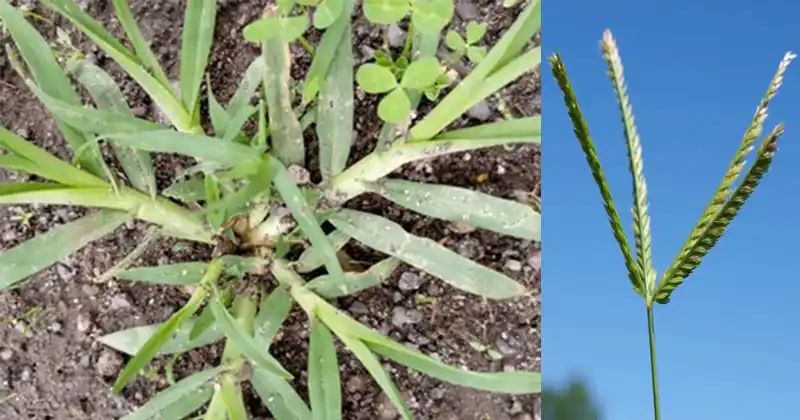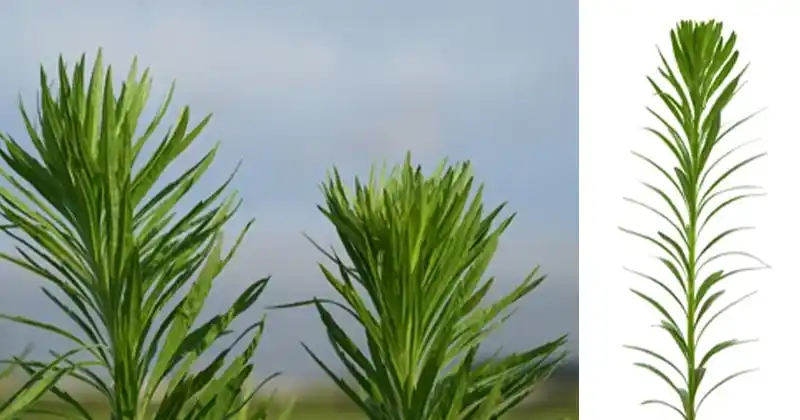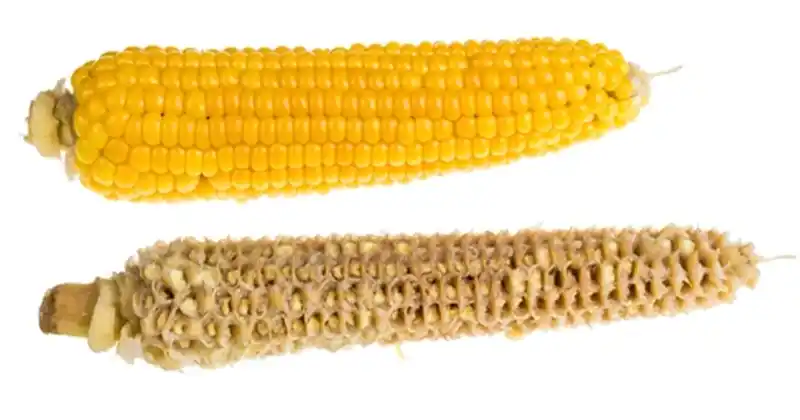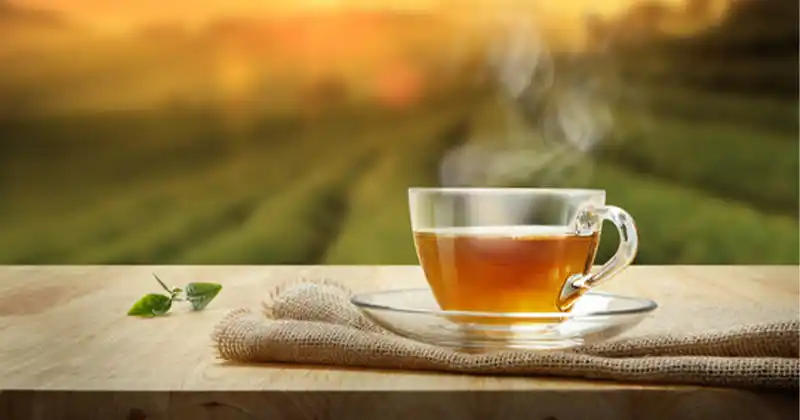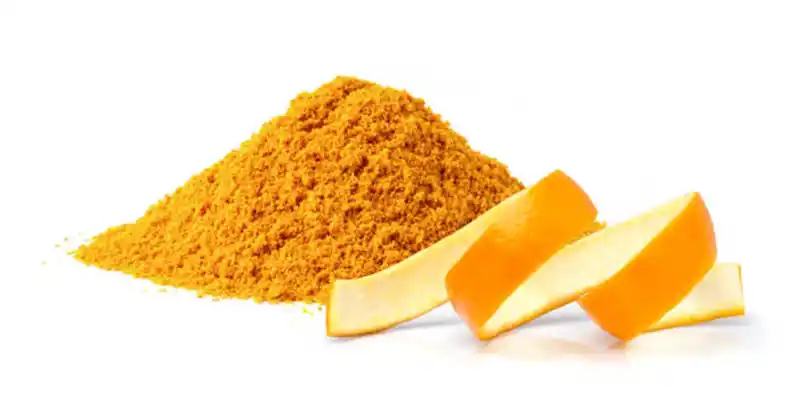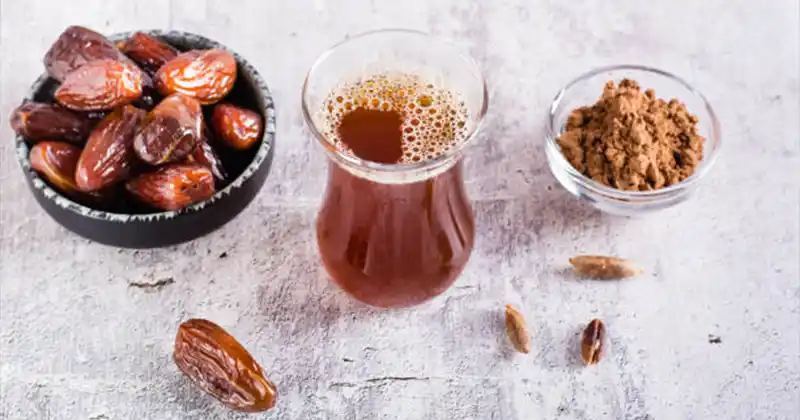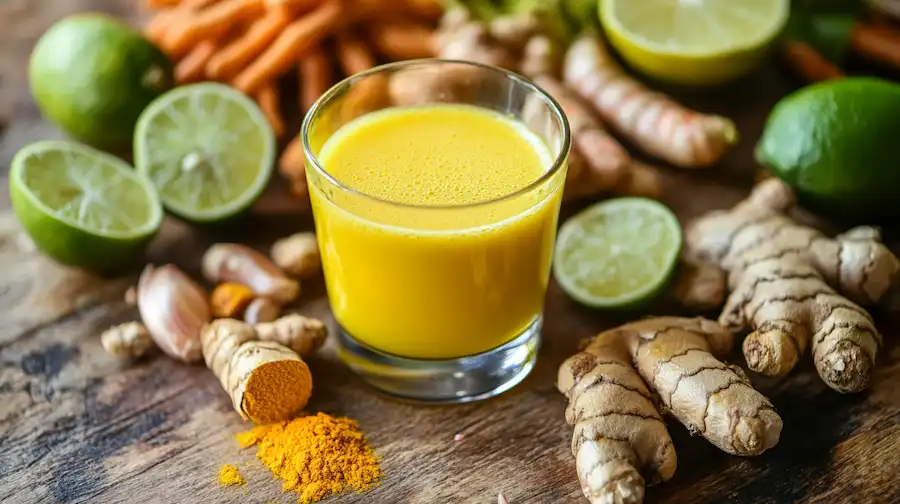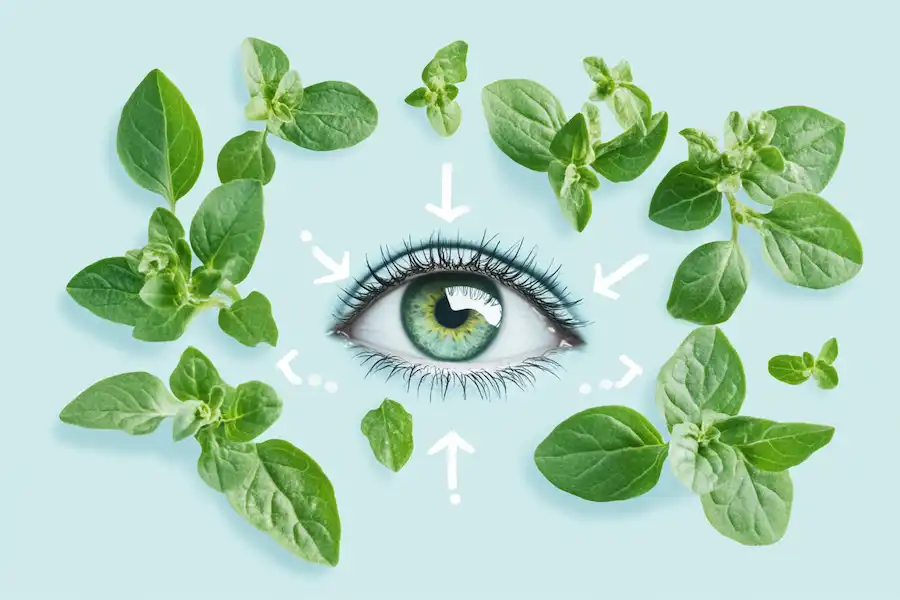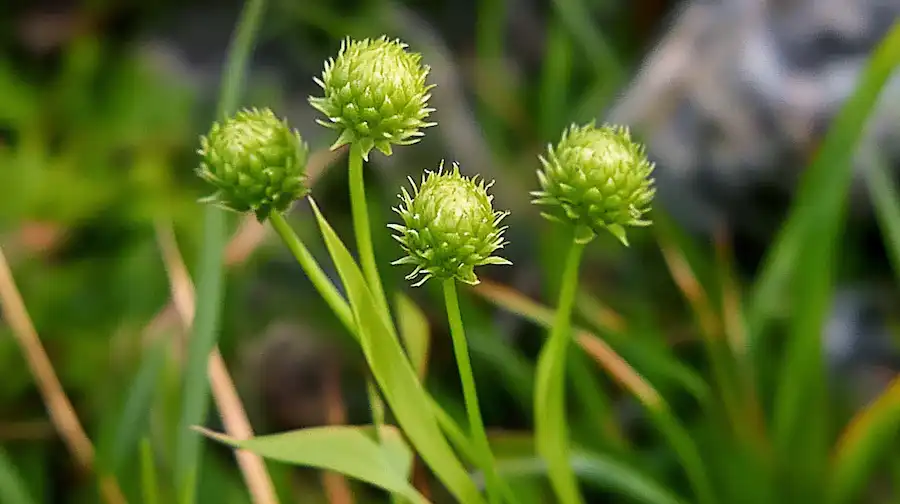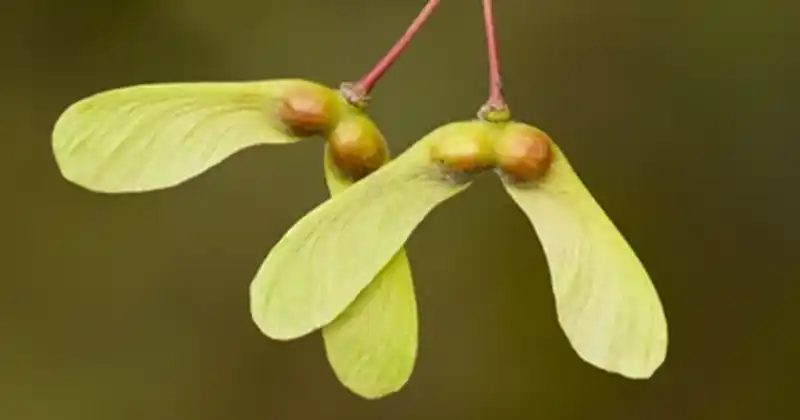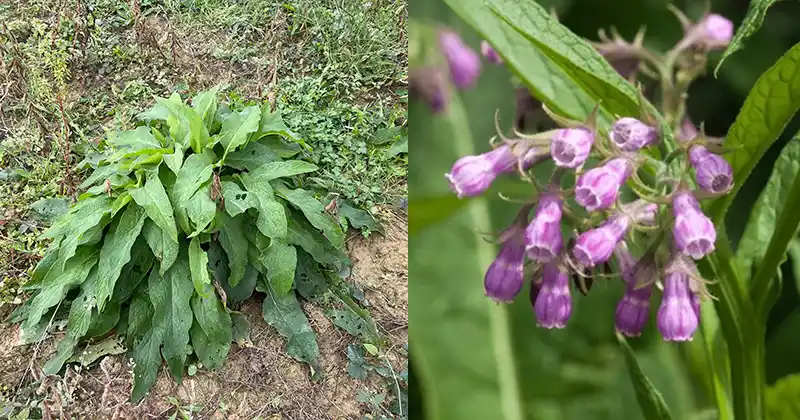The Ultimate Guide to Spruce Tips: Culinary Delights and Medicinal Marvels
Spruce tips, the tender new growth at the ends of spruce branches, emerge each spring with a burst of vibrant green color and a wealth of flavors and health benefits. These young shoots are more than just a sign of a healthy tree; they are a versatile ingredient and a potent natural remedy. This comprehensive guide will explore everything you need to know about spruce tips, from their culinary uses to their numerous health benefits, sustainable harvesting practices, and preparation methods.

Culinary Uses of Spruce Tips
Spruce tips are a culinary treasure, offering a unique flavor profile that can enhance a variety of dishes and beverages. Here’s how you can incorporate them into your cooking:
Flavor: Spruce tips have a fresh, citrusy, and slightly resinous flavor. This distinctive taste can add a refreshing twist to your culinary creations.
Edible: These tender tips can be eaten raw, making them a delightful addition to salads or as a garnish.
Cooking: Spruce tips can be used in various cooking and baking recipes. They are excellent for flavoring syrups, vinegars, and oils. You can also add them to marinades, sauces, and soups to impart a unique taste.
Beverages: Spruce tips are popular in brewing beer, making spruce tip tea, and flavoring cocktails. Their fresh, citrusy flavor pairs well with many beverage bases.
Recipes:
- Spruce Tip Syrup: Create a sweet, aromatic syrup by boiling spruce tips with sugar and water.
- Spruce Tip Tea: Steep fresh or dried spruce tips in hot water for a refreshing tea.
- Spruce Tip Vinegar: Infuse vinegar with fresh spruce tips for a unique, tangy flavor.

Medicinal Uses and Health Benefits
Spruce tips are not only a culinary delight but also offer numerous health benefits. Traditionally used in herbal medicine, these young shoots are packed with nutrients and compounds that promote health and well-being.
Vitamin C: Spruce tips are rich in vitamin C, making them a traditional remedy for scurvy and a great supplement for boosting the immune system. Regular consumption can help prevent colds and other illnesses.
Respiratory Health: Spruce tips are used in herbal medicine to treat respiratory issues such as coughs and colds. They help soothe the throat and reduce congestion.
Antioxidants: These tips contain antioxidants, which help in reducing inflammation and protecting cells from damage. Antioxidants are crucial for maintaining overall health and preventing chronic diseases.
Digestive Health: The natural compounds in spruce tips can aid digestion and alleviate gastrointestinal issues. They have been used traditionally to treat stomachaches and improve digestive health.
Skin Health: The vitamin C and antioxidants in spruce tips promote healthy skin by encouraging collagen production and protecting against damage from free radicals.
Anti-inflammatory Properties: The anti-inflammatory properties of spruce tips can help reduce inflammation and pain, making them useful in managing conditions like arthritis.

Harvesting Spruce Tips
Harvesting spruce tips requires careful timing and sustainable practices to ensure the health of the tree and the quality of the tips.
Time: Spruce tips are typically harvested in late spring to early summer when the new growth is still young and tender.
Sustainable Harvesting: It is essential to harvest spruce tips sustainably. Take only a few tips from each tree to avoid damaging the tree’s growth. This practice ensures that the tree can continue to thrive and produce new growth in subsequent years.
Preparation and Storage
Proper preparation and storage of spruce tips can help preserve their flavor and health benefits.
Cleaning: Wash spruce tips thoroughly before use to remove any dirt or debris.
Storage: Spruce tips can be used fresh, dried for later use, or preserved by making spruce tip syrup or freezing. When freezing, place them in a single layer on a baking sheet before transferring them to an airtight container.
Drying: To dry spruce tips, spread them out in a single layer on a tray and place them in a well-ventilated area away from direct sunlight. Once dried, store them in an airtight container.
Disclaimer
The information provided in this article is intended for educational and informational purposes only and is not a substitute for professional medical advice, diagnosis, or treatment. Always seek the advice of your physician or other qualified health provider with any questions you may have regarding a medical condition. While most spruce tips from common species like Norway spruce, white spruce, and blue spruce are generally safe and edible, proper identification is crucial. Misidentification can lead to the consumption of potentially toxic parts from other conifers, such as the yew tree. Additionally, avoid consuming spruce tips from trees exposed to pesticides, herbicides, or environmental pollutants. Individuals with allergies or sensitivities should try a small amount first to ensure no adverse reaction occurs. The author and publisher are not responsible for any adverse effects or consequences resulting from the use of any suggestions, recipes, or procedures described in this article. Always approach foraging and the use of natural remedies with caution and consult an expert if unsure.
Spruce tips are a remarkable natural resource, offering a plethora of culinary possibilities and health benefits. Whether you’re looking to add a unique flavor to your dishes or boost your health with natural remedies, spruce tips are a fantastic ingredient to explore. By harvesting them sustainably and preparing them properly, you can enjoy the fresh taste and medicinal properties of these vibrant green shoots all year round.
